Free Commercial/Business Lease Agreement Template UK
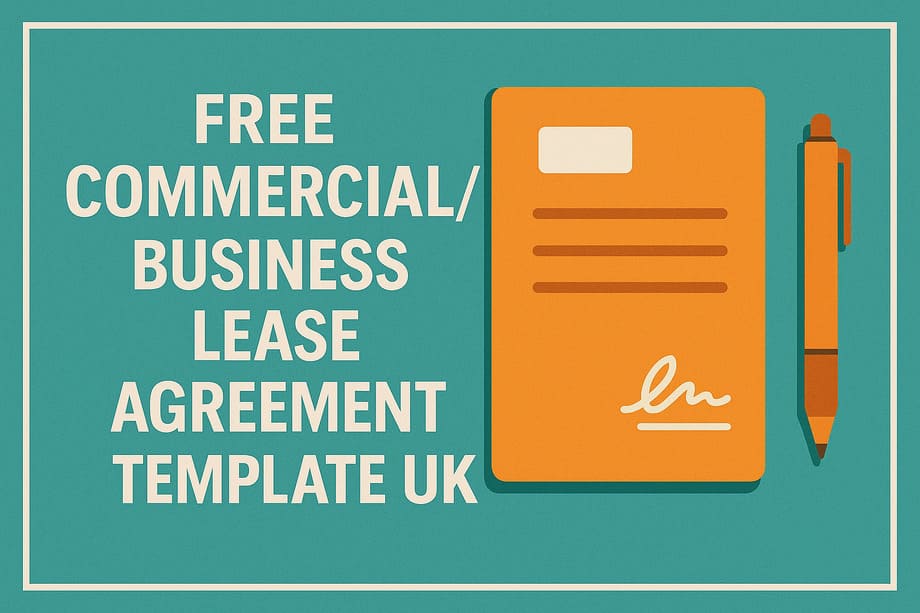
In the UK, if you are buying or selling a business/commercial property, then you may find yourself looking at a commercial or business lease agreement. What is a business lease agreement? Why do you need one? In today’s article, we take a look at all your need to know about commercial lease agreements, as well as a template that you can use for yourself.
Commercial Tenancy Agreement General Information (What is a Commercial Tenancy Agreement?)
A commercial tenancy agreement, is a legally binding document between a landlord and a business, typically for the rental of a commercial/business property. A commercial tenancy agreement is in place to set out specifics about the rights, correct uses and obligations of the property, and what the renter (business) can use the property for.
You may find the commercial tenancy agreement referred to as; an FRI lease (full repairing and insuring lease), commercial lease agreement, and commercial lease terms.
Download Free Commercial Tenancy Agreement Template UK
What is the difference between a Long and Short Commercial Tenancy Agreement?
In short, long-term commercial tenancy agreements can last longer and typically have a higher risk for growing companies, due to high-termination costs, whereas a shorter-term tenancy agreement is for companies that plan to move out of the property within several years.
A long-term commercial tenancy agreement can be noted as a future-setting agreement. This means that if you own a business or commercial property, a long-term agreement has longer tenures and higher termination costs.
A short-term commercial tenancy agreement is similar but is typically on shorter tenures meaning startups and companies with little needed room can look to scale in the next few years, without having to pay massive termination costs.
What is Included in my Commercial Tenancy Agreement?
Within a commercial tenancy agreement, you should expect to find the following headings and clauses.
- Rent Cost
- Tenant Responsibilities
- Landlord Responsibilities
- Break Clauses (if applicable)
- Security of Tenure
- Written Permitted Use
Rent cost or otherwise known as rent payable is the value of the rent payable to the landlord. This may be drawn up in a property lease contract elsewhere, however, it should be in your commercial tenancy agreement.
Tenant responsibilities is another heading you should find within your tenancy agreement, showcasing all the responsibilities of the tenant. More on that later in this article.
Landlord responsibilities are also included, which should outline all the responsibilities of the landlord, or lease company specifically, so the tenant knows what they are and are not responsible for.
A break clause should also be included within the commercial tenancy agreement, as a break clause is in place to allow for early termination of the contract before the default end date. There are usually other contractual obligations tied to this, but put simply – it is a clause to allow early termination of the lease agreement.
Security of Tenure may also be included within your commercial tenancy agreement, as this gives the tenant the right to remain in the leasehold business property or premises when the lease ends. In a way, this is the automatic renewal of the agreement initially signed. This means, that if either party (landlord or tenant) wants to end the lease, a notice to quit needs to be submitted.
Written permitted use may come under another contract or legal document, however, in most commercial tenancy agreements, you will find an acceptable use clause that outlines exactly what a business can or can’t do with a property. Although there are likely to be grey areas, typically an “other activities” clause may be added to request permission from the landlord if not already pre-approved.
What are a landlord’s responsivities in a Commercial Tenancy Agreement?
As a commercial landlord, there are fewer responsibilities that you need to take care of when letting or renting out your commercial property. Within the commercial tenancy agreement (which should be provided by you or an agent on behalf of you), you will need to take care of all fixtures and fittings.
Not only this, but you must ensure that all fixtures and fittings are safe and maintained perfectly. This should be kept in the lease as a set time frame, (typically a check-up every 12 months – but shorter terms are becoming more popular) that allows you to check the property is being kept in good shape.
What are a tenant’s responsibilities in a Commercial Tenancy Agreement?
Unlike some private tenancy agreements, tenants are typically responsible for way more in the agreed property. For example, as a tenant of commercial property – you will likely be held accountable for any non-structural repairs. This means anything from electrical work, and plumbing, to air conditioning and ventilation should it come with the property.
Every agreement is different, and some property landlords may help with this, or at least split the cost – but be sure to check the agreement to make sure that both parties know who is reasonable for what.
What are the lease terms for Commercial Letting Agreements?
There are several major elements to a commercial letting agreement that you will likely find. These included are similar to the above, however, may break down into further details about each heading. These include;
- Property Type and Activities
- Description of the Property
- Fixtures and Fittings
- Noted Damage (although may be provided in another agreement document)
- Chattels (such as desks, blinds, etc.)
- Tenancy Terms and Renewal Options
- Renewal Type (Automatic, Manual, Termination)
- Fixed End Date (or Periodic End Dates)
- Security of Tenure
- Payable Rent
- Base Rent of the Property
- Percentage Lease
- FRI (Full Repairing Leases)
- Net Rent Lease
- Gross Rent Lease
- Rent Review
- Guarantors (if applicable or required)
- Incentives
There may be many more terms that you will come across within a commercial lease agreement, but these are just some of the ones that you should keep an eye on when you create or review your commercial tenancy agreement.
Conclusion
We hope this article has helped you understand how and why you should get your commercial lease agreement. Our simple commercial lease agreement or our blank commercial lease agreement can be downloaded for free and allows you to start creating your document today.
Last Updated on October 16, 2025 by James Cartwright


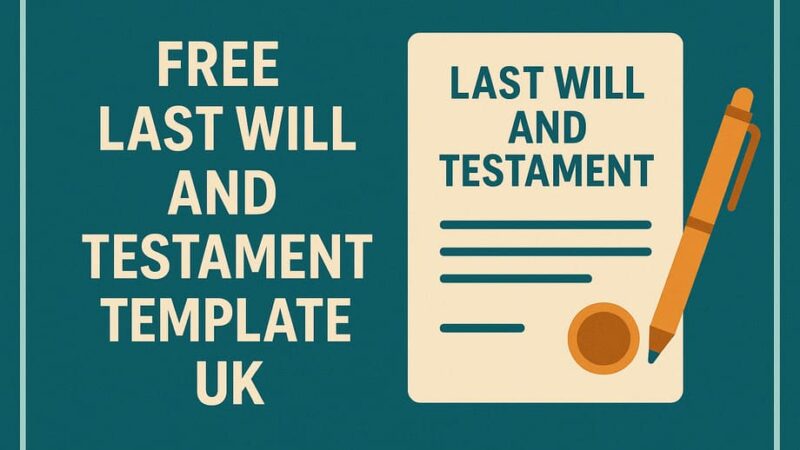
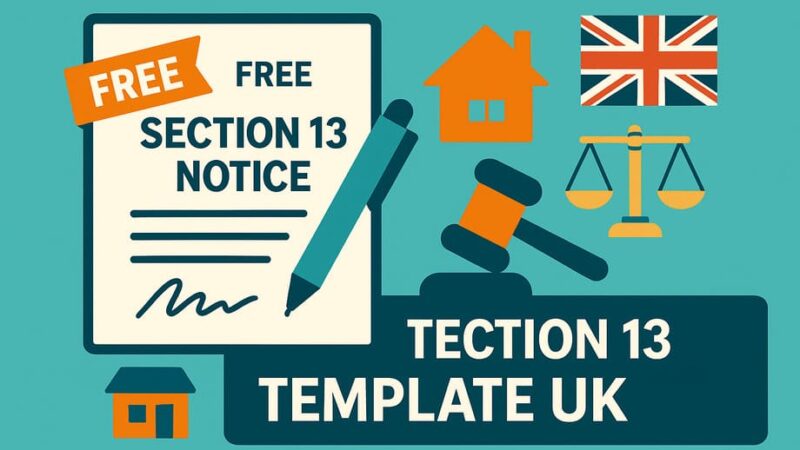
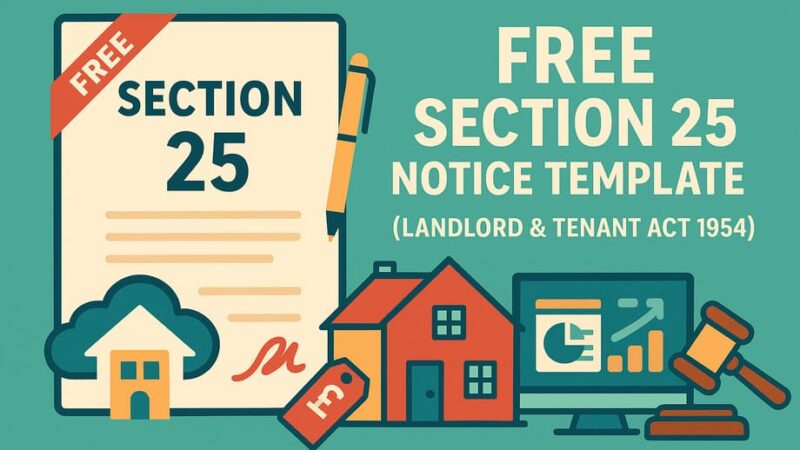
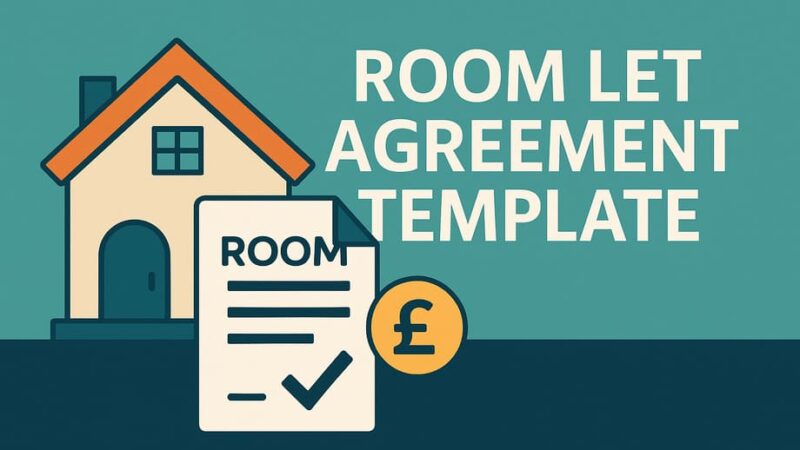
![Letter to Tenant for Late Rent Payment [Free Template] 6 Letter to Tenant for Late Rent Payment [Free Template]](https://www.yourpropertyblog.co.uk/wp-content/uploads/2025/08/letter-to-tenant-for-late-rent-payment-template-800x450.jpg)
![Letter to Landlord About Damp and Mould [Free Template] 7 Letter to Landlord About Damp and Mould [Free Template]](https://www.yourpropertyblog.co.uk/wp-content/uploads/2025/08/letter-to-landlord-about-damp-and-mould-template-800x450.jpg)